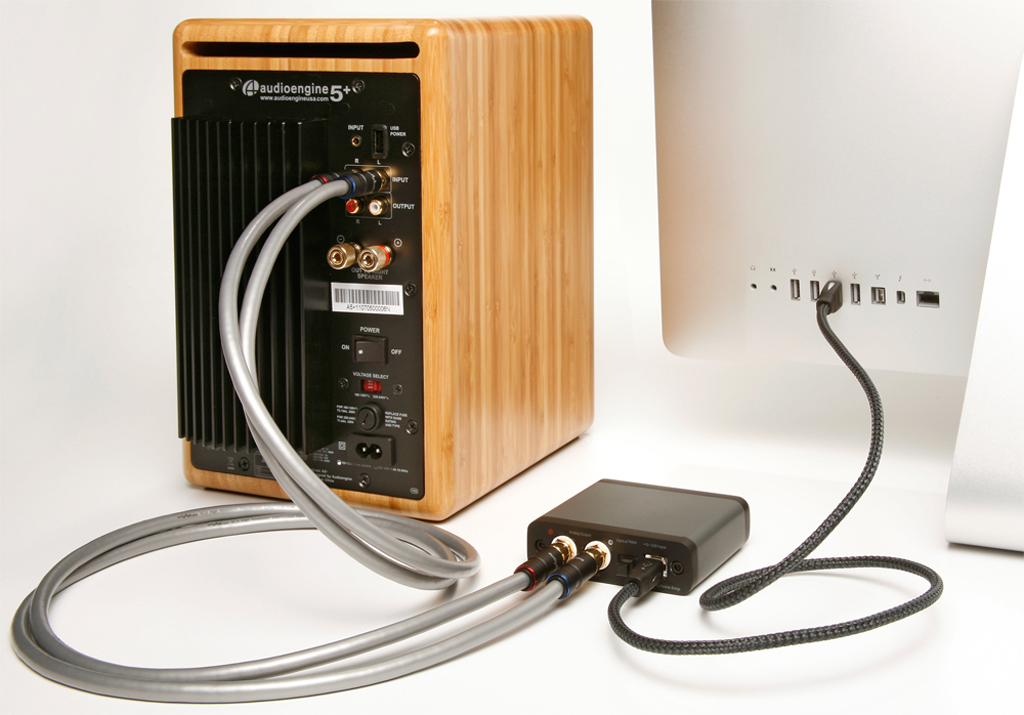
But the ST has the advantage with its huge list of Swiss knife features and options. The D1 also has the advantage of being an external solution not enslaved to a PCI bus so it has a wider array external options and the advantage of being portable. The ST provides tough competition to the D1 with a stronger on-board headphone amp but the ST falls short when it comes to properly powering low impedance headphones, so the D1 has a slight edge here. If you own a pair of 600 Ohm cans, this is not the solution for you. The D1's headphone amp is better at handling lower impedance headphones than the E9 but it is unable to compete with the E9's ability to power higher end impedance cans by a long shot. The D1 is an easy recommendation coming from the E7, both are excellent DAC's but the detail revealing ability of the D1 makes it a superior choice (however the E7 strikes back with its ability to be independent of a power source thanks to battery operation so its not an easy comparison). The D2000's are extremely efficient so more often than not headphone amping does little to benefit it, yet I did notice a subtle but present difference that will make my D1 the go to solution for my D2000's from this point on.Ĭomparing the D1 to other DAC/AMP's that I own (The Fiio E7, E9 and ASUS ST) I would rate the D1 as the most natural sounding and at times with certain genre's of music even besting the ST. My Denon D2000's are also well powered and sound amazing from this DAC/AMP. I was able to achieve very satisfying results with my HD650's (well known for being "fussy" and very "picky" with headphone amps) and this all being done via power from my USB bus, impressive feat. The headphone amp is also quite surprising. Some people "claim" they hear a difference but I find this is another audiophile "snake oil" ideal. I've used both technologies and I find them both indistinguishable in reality. In reality these two features ultimately are very hard to distinguish apart from one another in anything other than response. It uses "adaptive mode" USB instead of asynchronous. Genre's the D1 excels at : Classical, anything Acoustic and Rock/Electro. Overall high marks for Audioengine for its implementation. I find the sound from this DAC quite effortless and all ranges of sound are well represented without any lacking points that I can find for a DAC in this price range. For me this is a make or break feature for a DAC, if it can't pick out detail than that's a deal breaker (unless its dirt ass cheap) and really if you plan to invest in a higher end pair of headphones you should want all the detail that can be revealed without costing an arm and a leg. It excels at high end detail, I'm noticing cues in music that I often find harder to hear (if at all) on lower end DAC's and without any required critical listening on my part to observe.

Its also designed to sound great and let me tell you, it does this quite well. Now onto the sound, this DAC/AMP solution is mostly aimed at being portable. The white LED button in the front (power on and off button in reality) is also not overly bright. All in all very minimal and well designed. Solid construction as well, doesn't feel like a small brick of cheap ass plastic. Very sleek and low profile which I personally enjoy. Input data rate : up to 192KS/s (optical), 96KS/s (USB) (tested both and they are 100 percent functional without errors or static popping).

It won't run any 600 Ohm monsters but you should really be looking at a beefier solution for those kinds of can's anyway, such as a dedicated headphone amp.

Output impedance : 47 ohms RCA, 10-300 ohms headphone impedance (this is excellent for a vast array of growing low impedance cans out there). Power source : USB 5V (meaning bus powered and they do offer an optional AC adapter if you require it)įull-scale output : 2.0V RMS (RCA and Headphone) USB controller : TI1020B (able to process up to 96/24-bit)


 0 kommentar(er)
0 kommentar(er)
